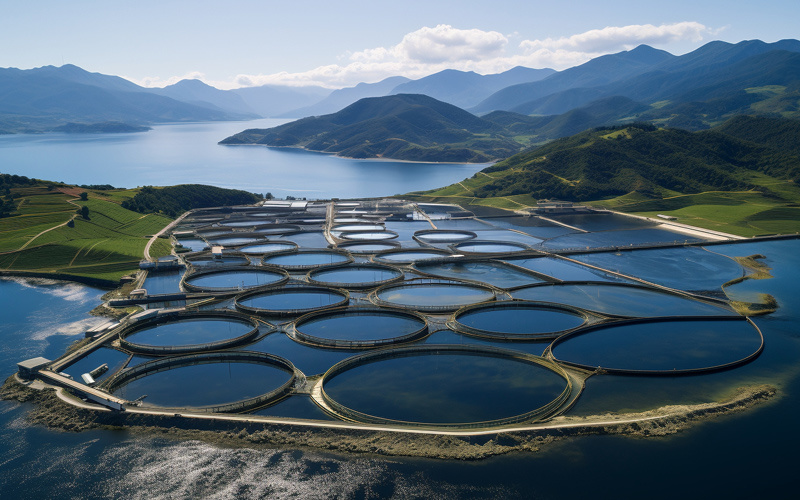Nearshore Surveillance Radar: From Military Applications to Multi-Domain Use
Release time:
2025-08-08
Since its inception, radar technology has played a vital role in human activities, especially near-shore defense radar. Its development history has witnessed continuous technological advancements and the continuous expansion of application fields.
Inception
Military Needs Drive Progress
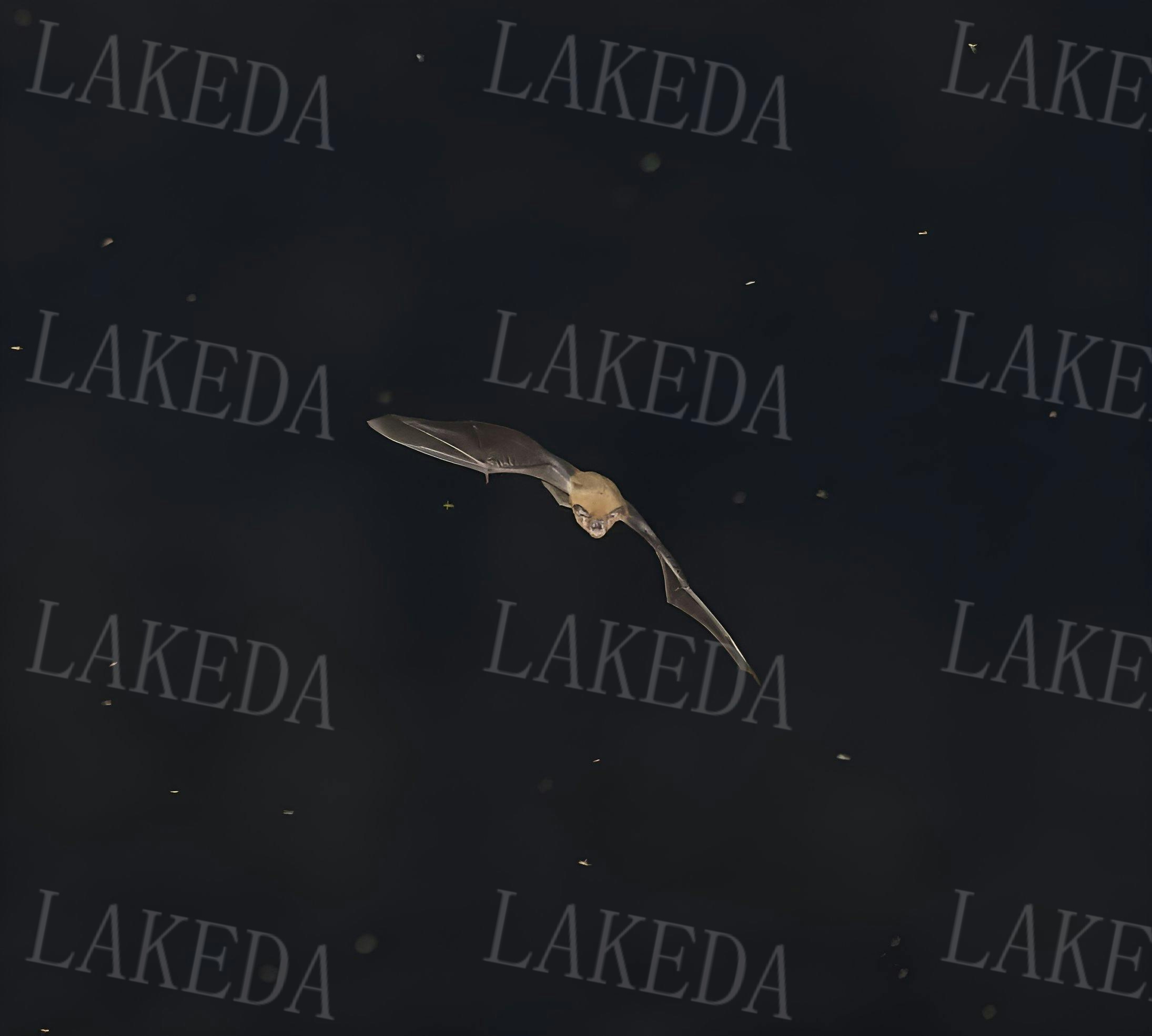
The inspiration for radar initially came from biomimetic research on bat echolocation. During the two World Wars, military needs became a powerful driving force for the rapid development of radar technology.
Early radar equipment was mainly used in the military field to detect enemy aircraft, ships, and other targets, providing crucial intelligence support for winning or losing wars. At that time, radar technology was relatively simple and had a single function, mainly solving the problem of target detection; the detection distance was limited, and the accuracy was not high.
However, even so, its application in war greatly changed the mode of warfare, allowing the military to sense the arrival of enemy targets in advance, buying precious time for defense and counterattack.
Development
Military Applications Continue to Deepen
With the gradual development of technology, radar technology has been constantly innovating in the military field. The emergence of phased array radar is an important milestone.
Phased array radar consists of many small traditional radar array elements and has significant advantages such as short response time, high tracking accuracy, and the ability to monitor multiple targets simultaneously.
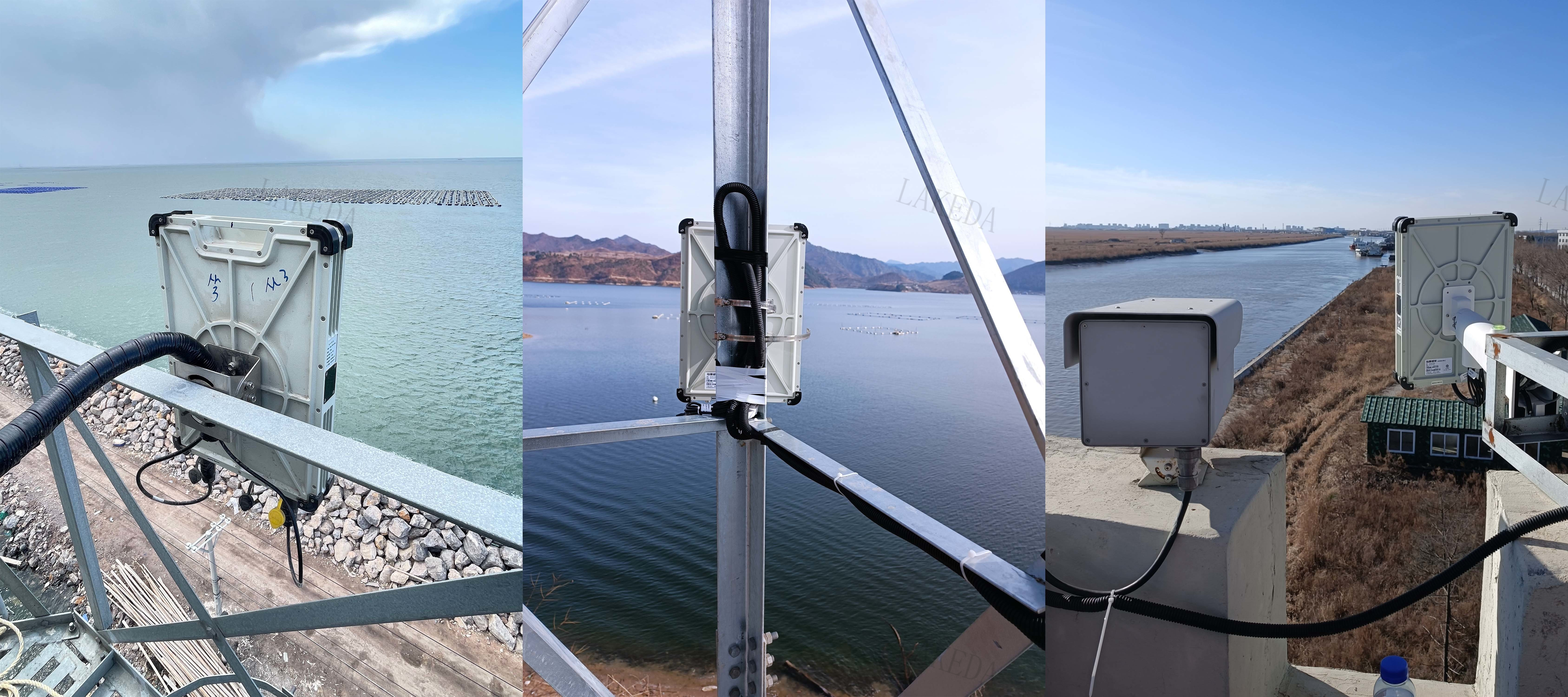
Actual application images of some phased array radar products from Wuhan Rekeda Technology Co., Ltd.
Compared with traditional radar, phased array radar eliminates the mechanical drive system, is smaller, lighter, more reliable, has stronger anti-interference capabilities, and is more intelligent. Due to its advantages, phased array radar has become a focus of research and development and application among military powers.
From a technical perspective, phased array radar has undergone an evolution of three basic types: passive, active, and digital. Currently, the most advanced digital phased array radar uses digital signal processing technology for baseband processing, ensuring that each individual array element is consistent, resulting in lower power consumption, higher stability, and higher accuracy.
In near-shore defense, radar technology plays a core role. It can monitor near-shore waters comprehensively and around the clock, promptly discovering the movements of enemy ships, aircraft, and other targets, providing accurate intelligence information for near-shore defense operations.
High-frequency surface wave radar, as an emerging marine monitoring technology, utilizes surface wave propagation characteristics to achieve over-the-horizon detection of sea surface targets. In China's near-shore defense, it is widely deployed in coastal areas to continuously monitor large areas of sea, effectively detecting long-distance ship activities and providing key information for early warning.
Extension
Multi-field Applications Shine
Maritime Management
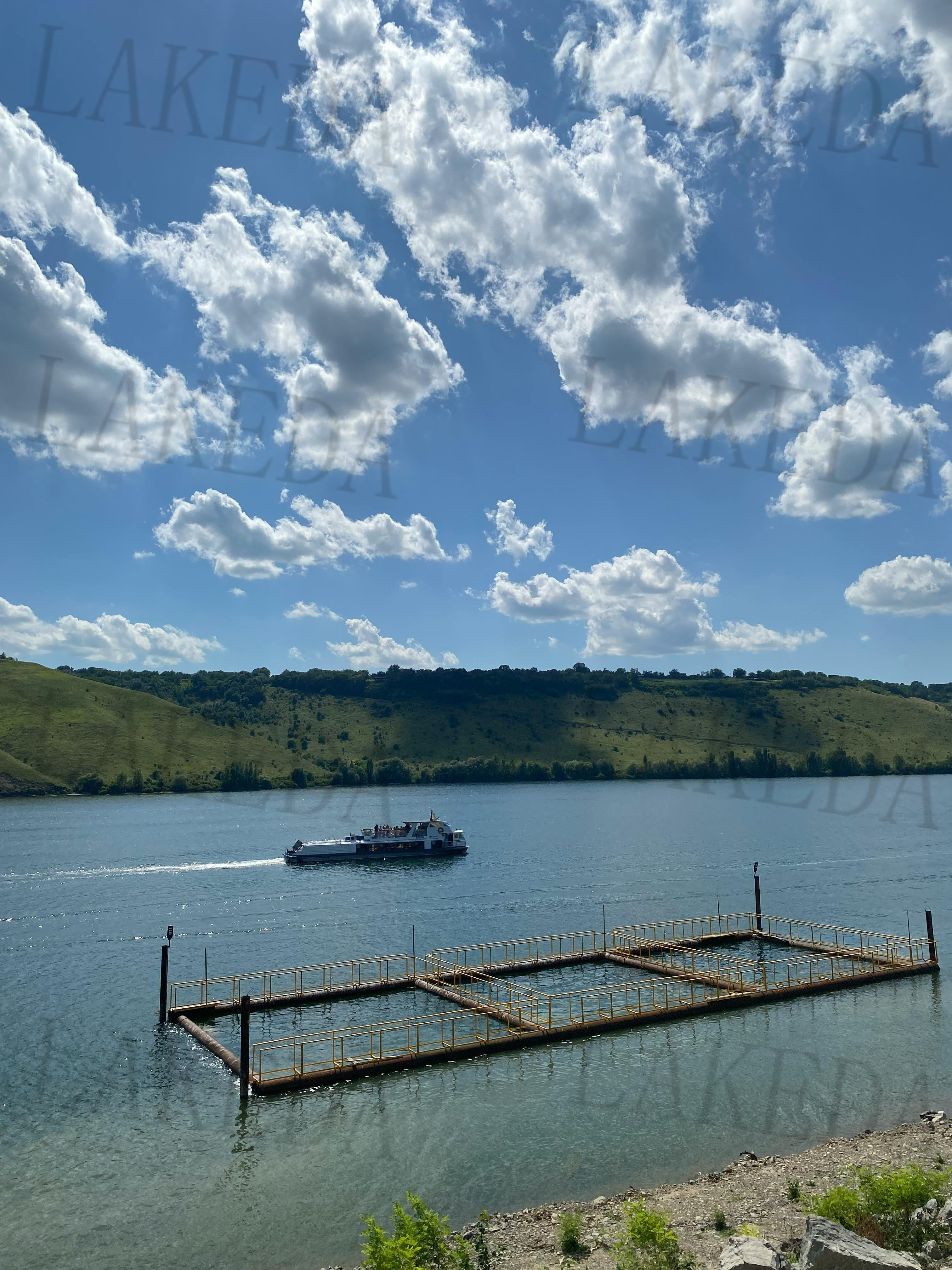
In maritime management, near-shore defense radar plays an indispensable role. It can monitor in real-time the position, course, and speed of ships at sea, helping maritime authorities manage maritime traffic flow and prevent ship collisions.
By tracking and analyzing ship trajectories, it can also promptly discover ships that are sailing illegally, such as entering prohibited areas, ensuring the normal operation of maritime traffic order.
Fisheries Protection
In the fisheries field, near-shore defense radar technology helps combat illegal fishing and protect fishery resources. By monitoring and identifying ships at sea, it can distinguish between legal fishing vessels and illegal fishing vessels, promptly discovering illegal fishing activities and carrying out law enforcement intervention.
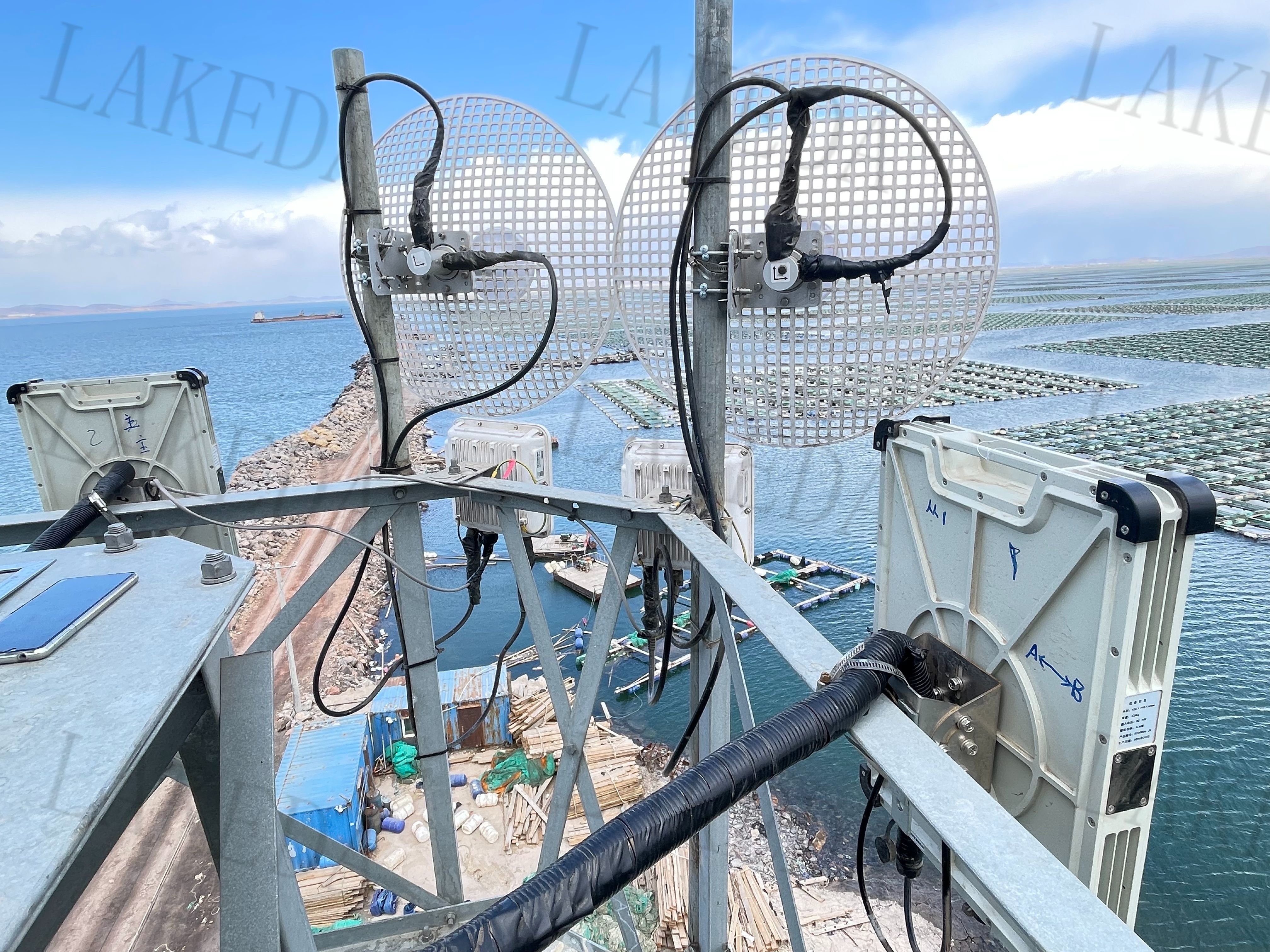
Actual application image of Rekeda's Leidun Hufu-Kanhai Guanjia product
For example, Wuhan Rekeda Technology Co., Ltd. An intelligent terminal security software system developed for intelligent marine aquaculture, based on the intelligent linkage of radar and security equipment, integrating and analyzing detection information: Leidun Hufu-Kanhai Guanjia 。
Leidun Hufu-Kanhai Guanjia system Mainly monitors all dynamic vessels within the aquaculture area 24/7. Through the system's intelligent analysis and judgment, it determines whether vessels within the regulatory area are registered vessels. It can warn illegal intruding vessels, effectively combating illegal theft, and manage and protect working vessels, greatly reducing the economic losses and management costs of aquaculture owners.
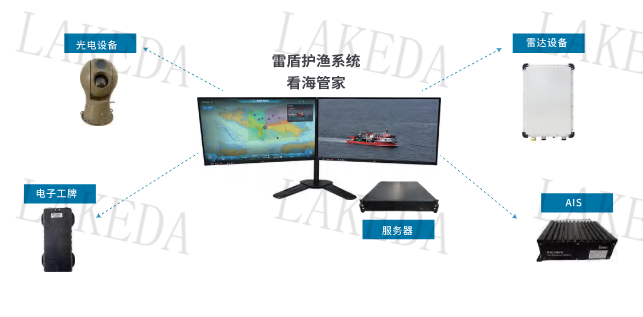
Leidun Hufu-Kanhai Guanjia operation instruction diagram
Leidun Hufu-Kanhai Guanjia Built using intelligent sensing, smart Internet of Things, artificial intelligence, video surveillance, and other technologies to create a smart aquatic product system. This system uses MIMO physical radar ,the data rate can reach up to 9Hz ,making the radar photoelectric linkage more stable. The radar has a wide coverage area, and the radar automatic detection and acquisition of target position 、 speed 、 bearing 、 heading 、 distance 、 trajectory etc., can automatically alarm This function greatly reduces the number of photoelectric and personnel configurations, thereby effectively reducing costs.
This equipment can also provide multi-angle, no-dead-angle coverage of complex environments, supporting different models of photoelectric, turntable, and audio-visual alarm equipment, with strong compatibility and scalability. While convenient to install, it also protects fishery assets.
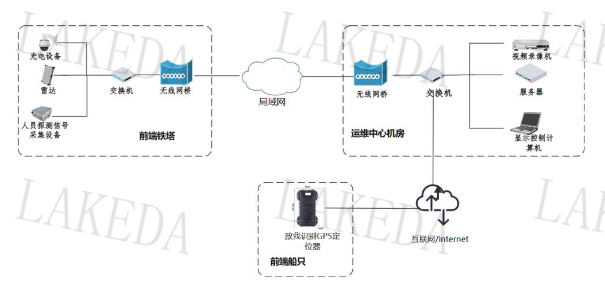
Leidun Hufu-Kanhai Guanjia working principle diagram
Leidun Hufu-Kanhai Guanjia Radar business includes Target Detection 、 Linked Tracking 、 Capture and Evidence Collection 、 Intelligent Early Warning 、 Event Playback These functions address the limitations of traditional manual observation methods in aquaculture, which are relatively simple and make it difficult to promptly detect illegal entry, theft, and poaching. This ensures stable fish harvests, increases the value of fishery assets, prevents illegal fishing threats, and reduces the risk of fishery conflicts.
This technological innovation is reshaping the fishery economic model. A fishing port in Dalian, for example, uses radar data to create a heat map of fishing vessel operations, guiding fishermen to avoid prohibited fishing areas. This has reduced unit fishing costs by 18% and increased the annual growth rate of fishery resources to 5%.
Nearshore surveillance radar, initially used solely in the military field, is now widely applied in maritime management, marine environmental monitoring, fisheries protection, and infrastructure security. Its technology continues to innovate, and its applications continue to expand.
In the future, with further technological advancements such as artificial intelligence and quantum technology integrating with radar technology, nearshore surveillance radar will undoubtedly play an even greater role in more fields, making more outstanding contributions to human production and life and the sustainable development of the ocean.





